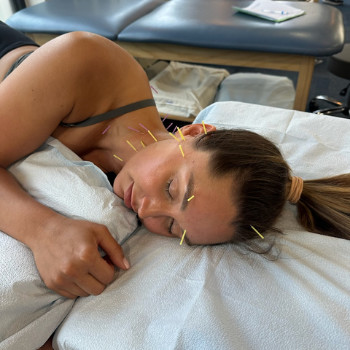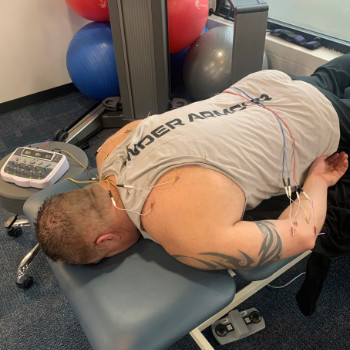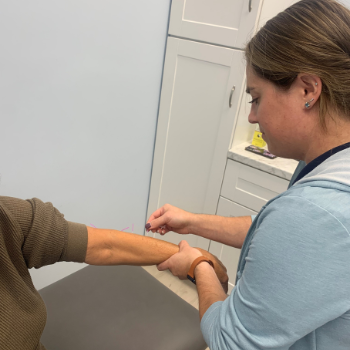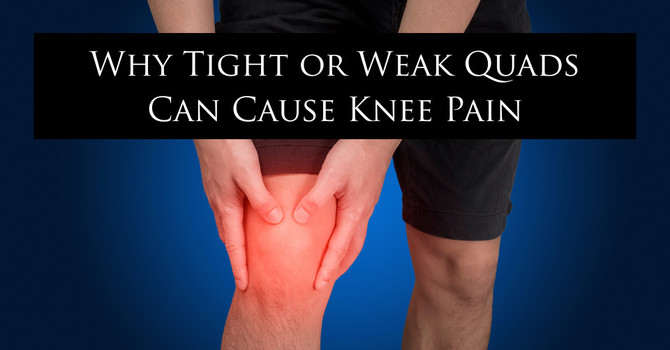
Do you have tight, knotted muscles that never seem to loosen up, no matter how much you stretch or get massages? It’s a frustrating feeling when that stubborn ache in your neck, shoulders, or lower back just won't go away, limiting your movement and affecting your quality of life. While stretching and massage are excellent tools, sometimes you need a more targeted approach to release deep, persistent muscle tension.
This is where dry needling comes in. This modern, science-based treatment is becoming a go-to solution for releasing trigger points, reducing chronic pain, and restoring proper muscle function. If you feel like you've tried everything to get relief, dry needling might be the missing piece in your recovery puzzle.
What Is Dry Needling?
Dry needling is a therapeutic technique performed by skilled Physical therapists to treat musculoskeletal pain and dysfunction. It involves inserting a very thin, solid "dry" needle (meaning it doesn't inject any fluid) through the skin and directly into a myofascial trigger point.
A trigger point is essentially a small, hyperirritable knot within a taut band of muscle. These knots can be a major source of pain, and they often refer pain to other areas of the body. By targeting these specific points, dry needling helps release the tension, reduce pain, and improve mobility.
How Is It Different From Acupuncture?
While both dry needling and acupuncture use thin needles, their underlying principles and goals are very different. Acupuncture is a key component of Traditional Chinese Medicine and is based on balancing the flow of energy, or "qi," along pathways called meridians.

Dry needling, on the other hand, is a Western medical technique based on modern anatomy and physiology. The needles are inserted directly into trigger points to elicit a specific healing response from the muscles and nervous system. The only similarity is the tool used.
How It Works: The Science of Release
So, what actually happens when a needle is inserted into a trigger point? The process works on several levels to break the cycle of chronic pain and tightness.
Trigger Point Release
When the needle makes contact with a trigger point, it often causes a "local twitch response"—a quick, involuntary contraction of the muscle fibers. This twitch response is a sign that the trigger point has been released. This process helps to immediately decrease muscle tension, break up the knot, and restore normal muscle length and function.
Improved Blood Flow and Healing
Trigger points are often associated with poor blood flow, which means the tissue isn't getting the oxygen and nutrients it needs to heal. The insertion of a needle creates a tiny, controlled injury that stimulates a healing response from the body. Blood rushes to the area, bringing with it oxygen and nutrients that help flush out waste products and promote tissue repair.
Nervous System Reset
Chronic pain and muscle tightness can put your nervous system on high alert. Dry needling helps to "reset" the communication between your brain and your muscles. By stimulating the nerves within the muscle, the treatment can help decrease pain signals and recalibrate the nervous system to a less reactive state.
Conditions It Helps
Dry needling is a versatile treatment that can be effective for a wide range of musculoskeletal issues, especially those involving persistent muscle tightness and pain. Some common conditions include:
- Neck and shoulder pain: Releasing trigger points in the upper trapezius and other neck muscles can provide significant relief from tension headaches and chronic stiffness.
- Lower back tension: Targeting deep muscles in the lower back and glutes can help alleviate nagging back pain and improve mobility.
- Sciatica: Dry needling can help release tight muscles, like the piriformis, that may be compressing the sciatic nerve and causing radiating pain.
- Sports injuries: The technique is effective for treating conditions like hamstring strains, IT band syndrome, and shin splints by releasing muscle knots and promoting faster healing.
- Plantar fasciitis: By targeting trigger points in the calf and foot muscles, dry needling can ease the chronic heel pain and tightness associated with plantar fasciitis, promoting better foot mechanics.
- Carpal tunnel syndrome: Needling tight muscles in the forearm and hand can help reduce pressures on the median nerve, relieving numbness, tingling, and discomfort.
- Chronic tension headaches: Addressing tightness in the neck, shoulders, and upper back muscles can reduce the frequency and severity of headaches caused by muscular tension and referral patterns.

If you've never had dry needling before, it's natural to have questions about what the experience is like.
- Sensations: You may not feel the needle insertion at all, as the needles are extremely thin. When the needle reaches the trigger point, you might feel a deep ache or the characteristic muscle twitch. While the twitch can be momentarily intense, it is a positive sign and is usually followed by a feeling of release.
- Safety: When performed by a certified and experienced Physical Therapist, dry needling is a very safe procedure. At Optimal Health, our Physical therapists are highly trained in the proper techniques to ensure your safety and comfort throughout the session.
- Recovery Tips: It's common to feel some muscle soreness for 24 to 48 hours after a session, similar to how you might feel after a tough workout. We recommend drinking plenty of water, applying gentle heat, and performing light stretches to help ease any post-treatment soreness.
Why Choose Optimal Health for Dry Needling?
Not all dry needling treatments are created equal. The effectiveness of the therapy depends on the skill of the Physical therapist and how it is integrated into your overall care plan.
- Expert Physical therapists: Our Physical therapists are certified in dry needling and have extensive experience in locating and treating trigger points accurately and safely.
- Integrated Rehab Approach: We believe in treating the whole person, not just the symptom. Dry needling is just one part of our comprehensive approach. We combine it with manual therapy, corrective exercises, and movement retraining to address the root cause of your pain and prevent it from returning.
- Long-Term Results Focus: Our goal isn't just to provide temporary relief. By releasing muscle restrictions with dry needling and then strengthening your body with a personalized rehab program, we empower you to achieve lasting results and get back to living without limitations.

If you are tired of struggling with chronic muscle tightness that won't go away, dry needling could be the breakthrough you've been searching for.
Ready to feel lasting relief? Visit our Egg Harbor Township clinic for a personalized movement assessment or to schedule your dry needling appointment in South Jersey. Our expert team is ready to help you break the cycle of pain and get you moving freely again.




